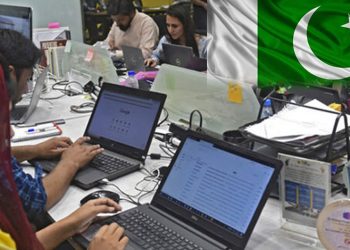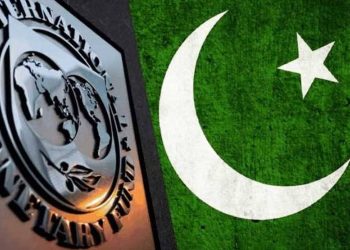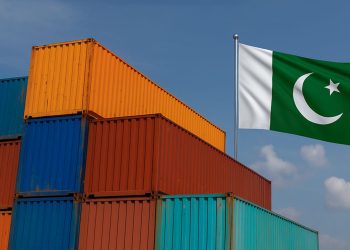Surprisingly, the State Bank of Pakistan’s (SBP) foreign exchange reserves rose by $276 million over the course of the week ending February 10 while the rupee continued to strengthen against the dollar on Thursday. Without identifying the sources of inflows, the central bank said that its foreign exchange reserves increased to $3.192 billion from $2.9 billion noted in the previous week.
Bankers, however, said that with larger inflows of export proceeds, the central bank purchased dollars from banks and the open market. The SBP has a tradition of buying dollars from both markets going back more than 20 years.
The SBP reserves hardly provide 18 days’ worth of import coverage and are insufficient to continue importing necessities like food and fuel. The government and other economic players turn to the IMF for early delivery of the $1.2 billion tranche, which would free up funding from other lenders and friendly nations. Yet, economists and analysts believe that the IMF tranche alone will not be sufficient to restart the economy.
To raise Rs170bn and satisfy the IMF’s requirements, the government raised the price of gasoline and enacted new tax measures, yet doing so would exacerbate inflation and the general public’s suffering. Despite this grim economic situation, the local currency maintained its bullish momentum and recovered another Re1 to settle at Rs264.38 in the interbank on Thursday.
The rupee has gained by Rs12 versus the US dollar since February 3, when it hit a record low of Rs276.58.
The exchange rate holding in favour of the local currency despite the Fitch rating cut did not surprise the market. When compared to a basket of the main global currencies on Wednesday, the US dollar hit a six-week high, giving the impression that it was stronger.
The three foreign rating agencies have downgraded Pakistan seven times since the start of the PMLN-led coalition government in April 2022, which had never happened before. The SBP report states that the nation’s overall reserves, including $5.5 billion from commercial banks during the examined week, reached $8.7 billion.






